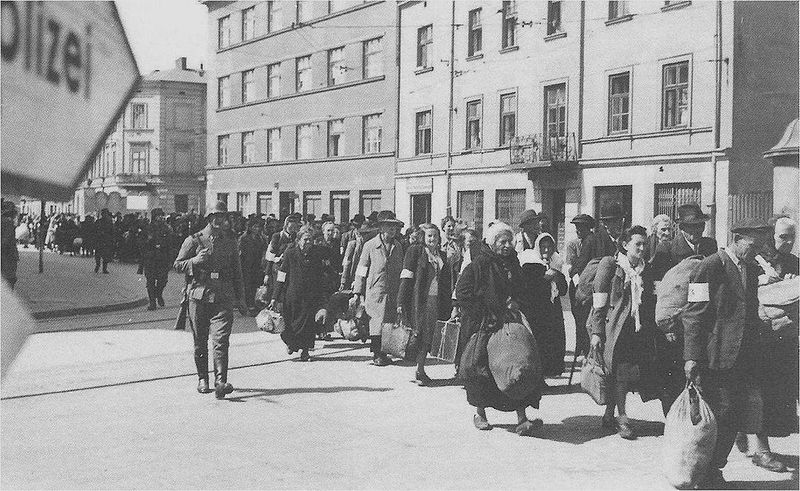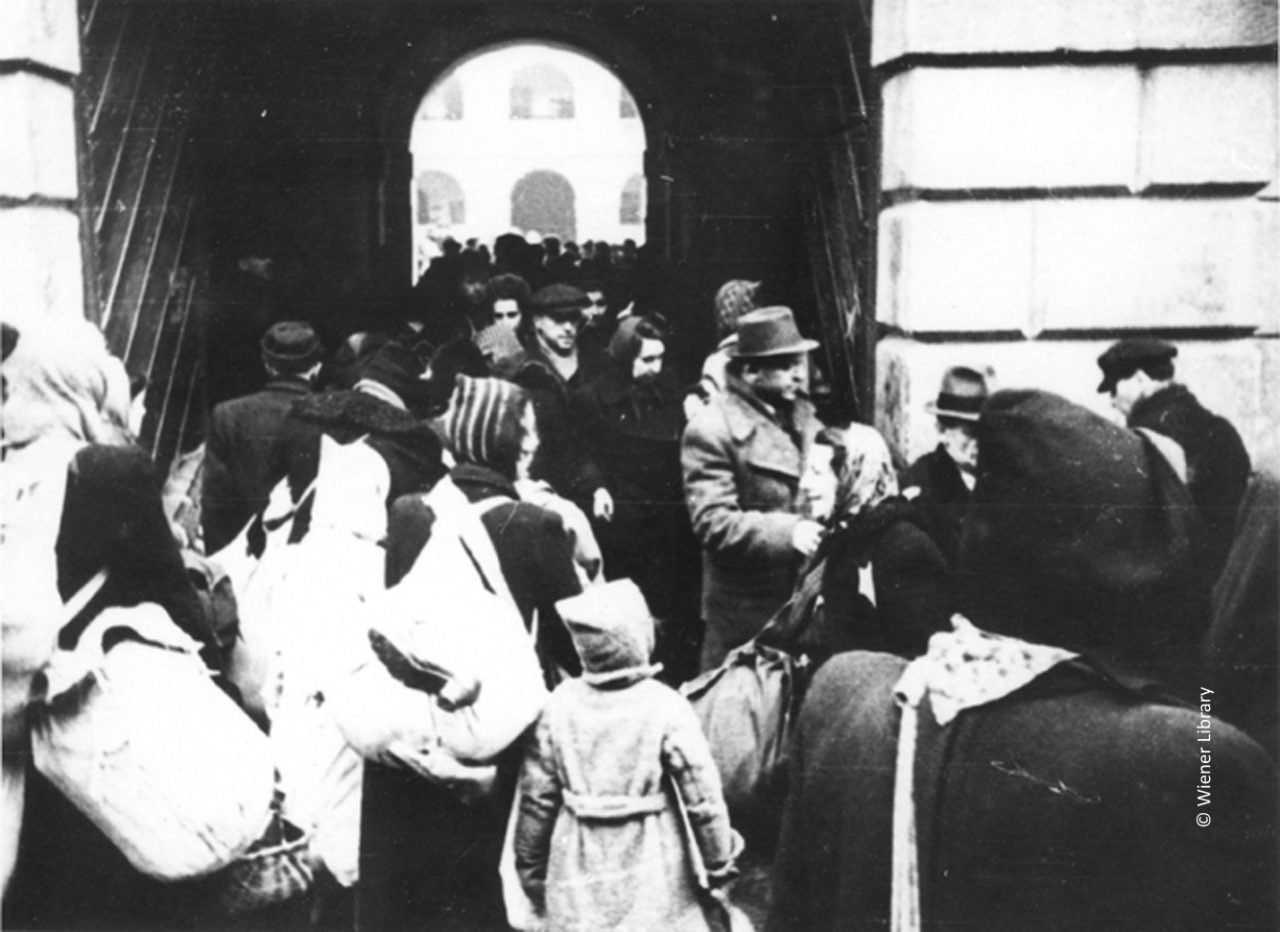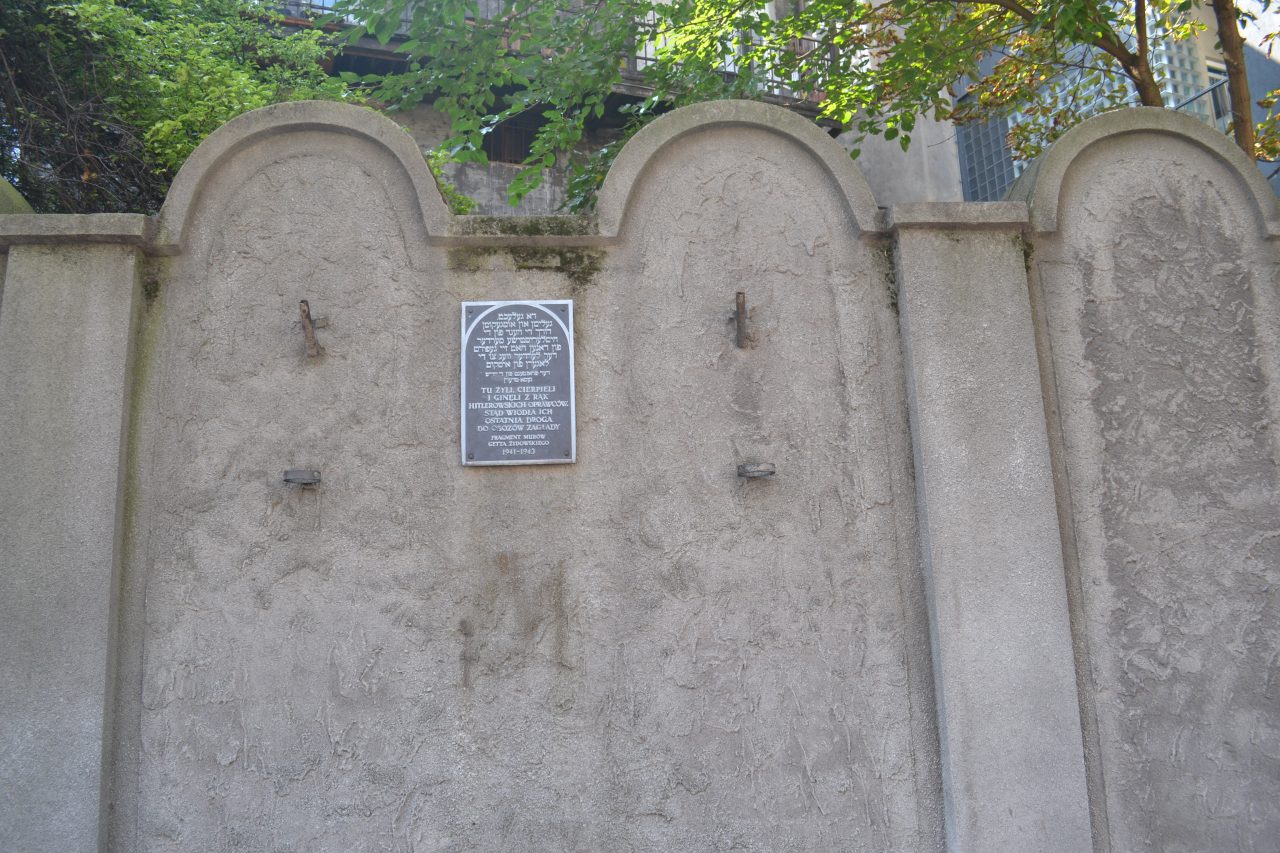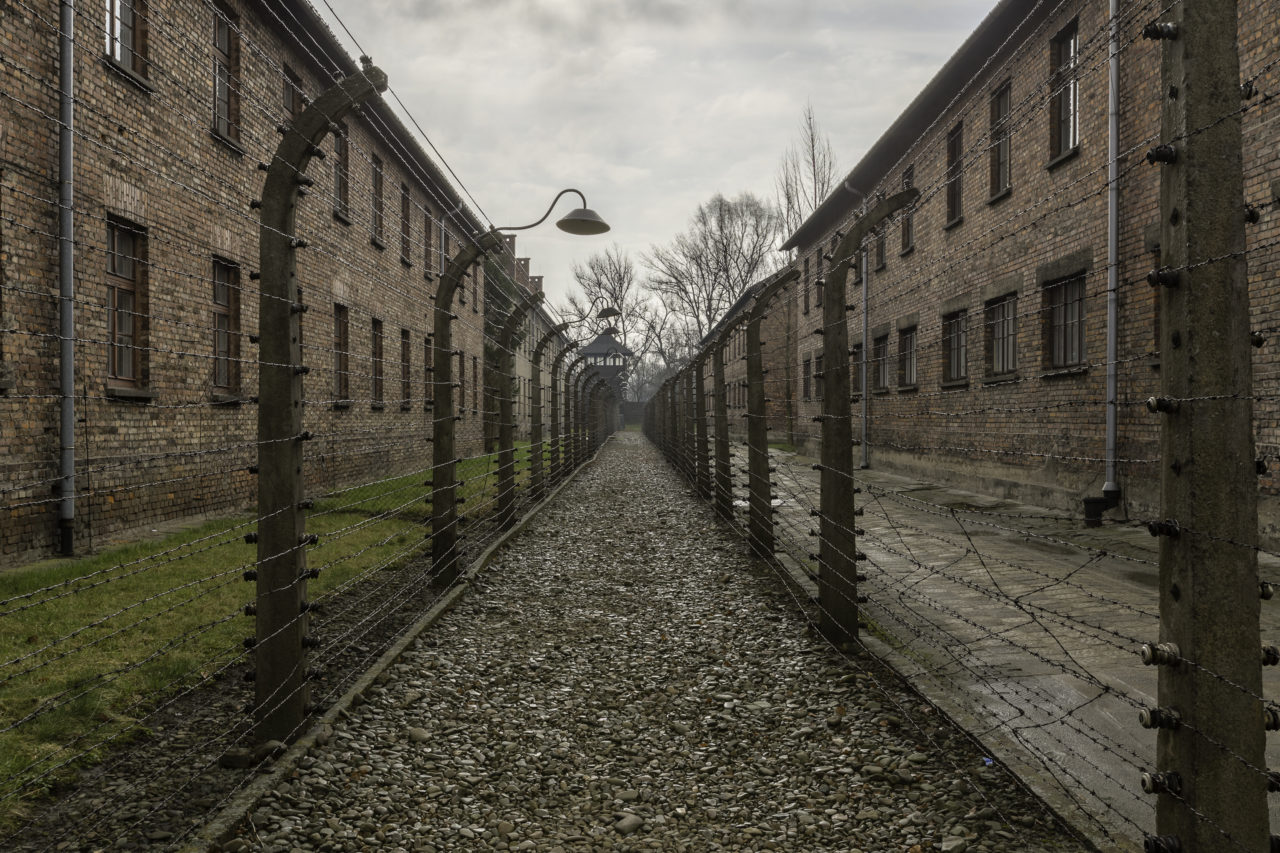13 March 1943: Kraków Ghetto is ‘liquidated’
On 13 March 1943, Julian Scherner, commander of the SS and Police in the Kraków district, Poland, ordered the ‘liquidation’ of the Kraków Ghetto.

Deportations from the Krakow Ghetto in 1943
Following the invasion of Poland in 1939, Nazi forces turned Kraków into the capital of the General Government – an area of occupied Poland which was not immediately incorporated into Germany. Immediately after the invasion, persecution of the town’s Jewish population began, and Jews were required to wear identifying armbands. In the months that followed, around 40,000 Jews were expelled from the area.
In 1941, the Kraków Ghetto was established in the Podgórze area of the city. The remaining 15,000 Jews were crammed into an area previously inhabited by 3,000 people. The ghetto was surrounded by walls that kept it separated from the rest of the city. The conditions in the ghetto were horrific. Many Jews died of starvation or disease and some were shot instantly on the streets.
From 30 May 1942, the Nazis implemented systematic deportations from the ghetto to surrounding concentration camps, including Bełżec death camp.
On 13 and 14 March 1943 the Nazis carried out the final ‘liquidation’ of the ghetto. Around 2,000 Jews deemed able to work were transported to the Płaszów labour camp. Those who were considered unfit for work – some 2,000 Jews – were murdered in the streets of the ghetto or sent to Auschwitz-Birkenau.


